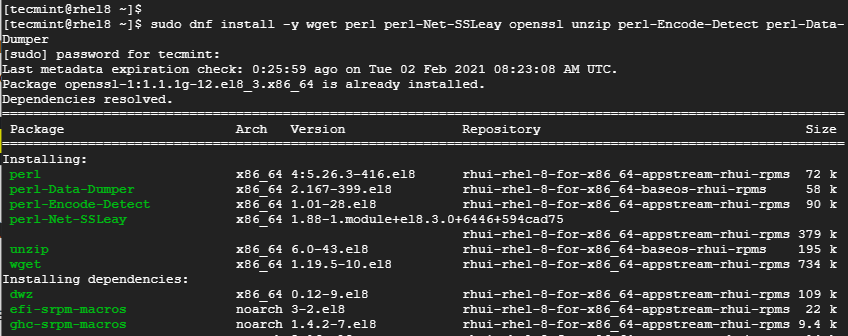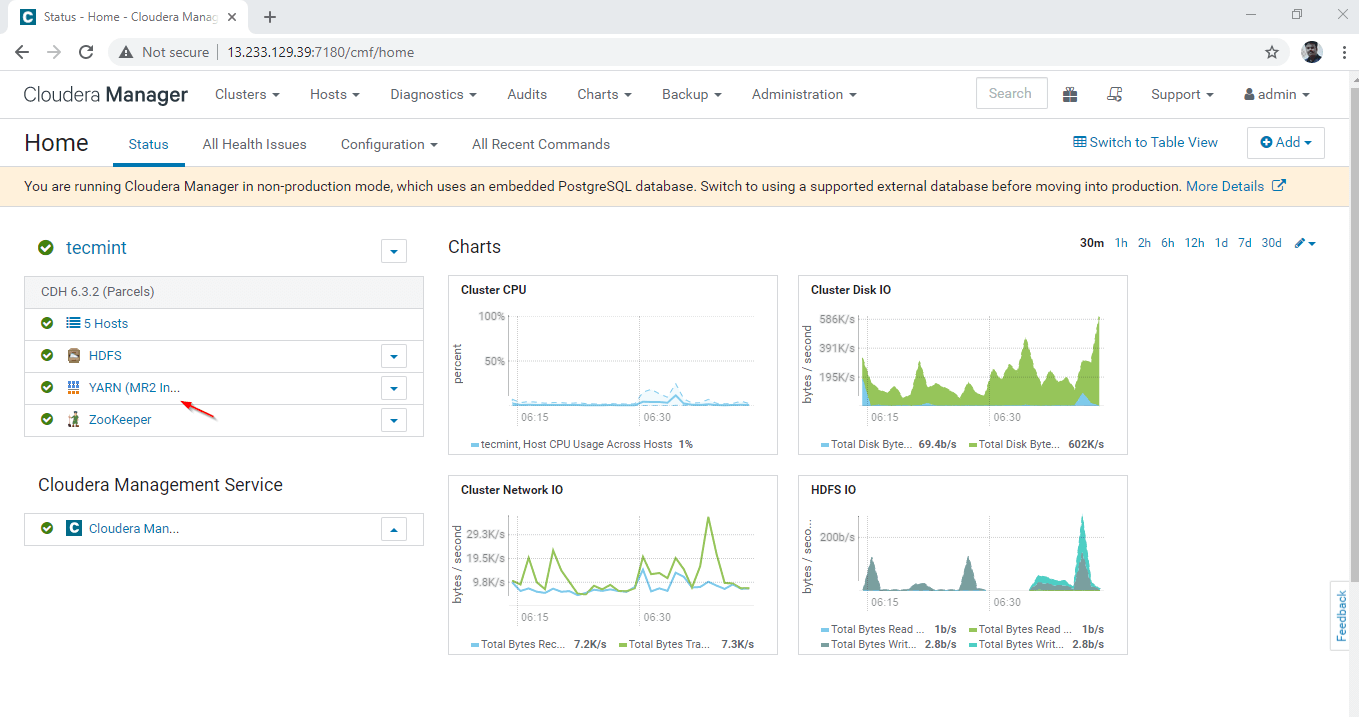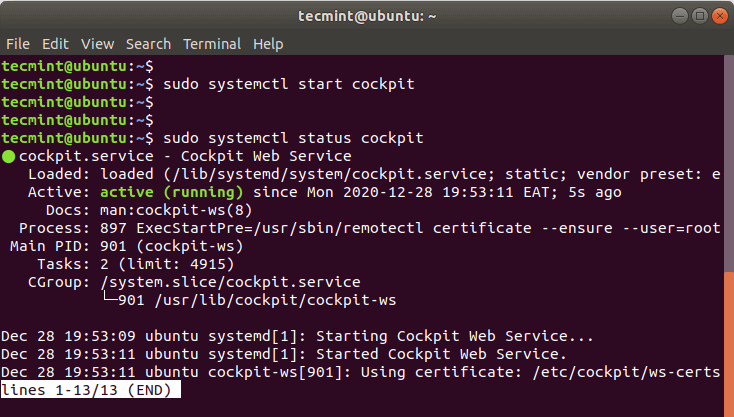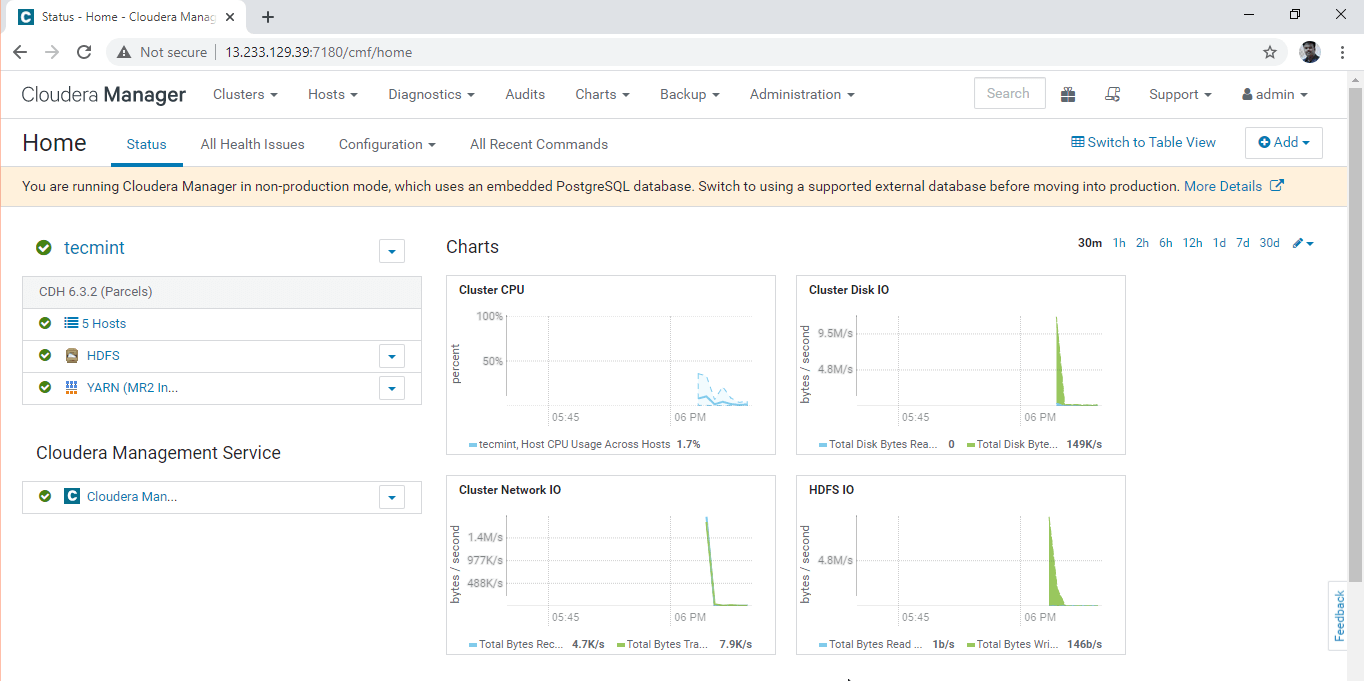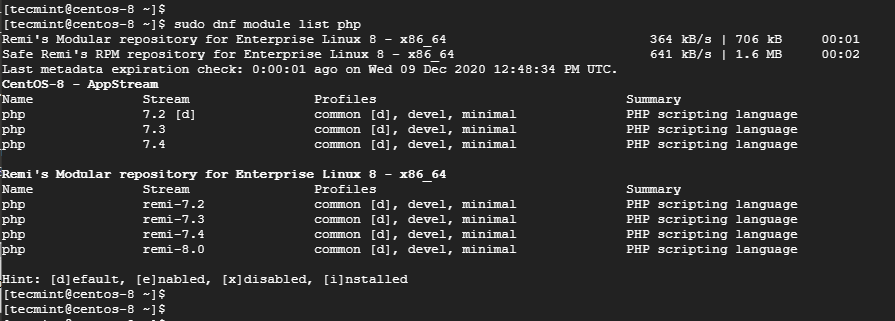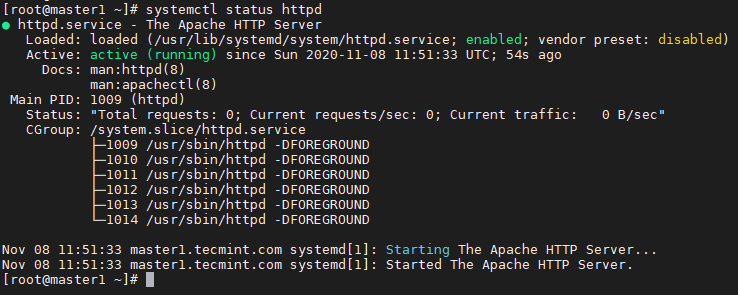Webmin is a modern web-based Linux management tool (similar to Cockpit Web Console) that allows you to monitor various system metrics. With Webmin, you can also perform administrative tasks such as manage user accounts, change settings and configure DNS settings. Webmin provides a GUI that displays system metrics such as CPU, RAM, and Disk utilization.
RHEL Tips - Page 2 of 5 - DesignLinux
How to Set Up High Availability for Resource Manager – Part 6
YARN is the Processing Layer of Hadoop, which consists of the Master (Resource Manager) and Slave (Node Manager) services to process the data. Resource Manager (RM) is the critical component that is responsible for resource allocation and management among all the jobs running in Hadoop Cluster. It is always recommended and best practice to have
How to Install Apache Kafka in CentOS/RHEL 7
Apache Kafka is a powerful messaging engine, which is widely used in BigData projects and the Data Analytics life cycle. It is an Open-source platform to build real-time data streaming pipelines. It is a distributed publish-subscribe platform with Reliability, Scalability, and Durability. We can have Kafka as a standalone or as a cluster. Kafka stores
Managing KVM Virtual Machines with Cockpit Web Console in Linux
Cockpit is a free and open-source front-end tool that provides administrative access to Linux systems. It allows system administrators to monitor, manage, and troubleshoot Linux servers. It provides an intuitive web interface that easy to navigate and keep track of the salient system features and resources. There’s a whole lot of things you can do
How to Set Up High Availability for Namenode – Part 5
Hadoop has two core components which are HDFS and YARN. HDFS is for storing the Data, YARN is for processing the Data. HDFS is Hadoop Distributed File System, it has Namenode as Master Service and Datanode as Slave Service. Namenode is the critical component of Hadoop which is storing the metadata of data stored in
How to Install PHP 8 on CentOS/RHEL 8/7
PHP is a popular open-source server-side scripting language that is integral in developing dynamic webpages. PHP 8.0 is finally out and was released on November 26th, 2020. It promises lots of improvements and optimizations which are set to streamline how developers write and interact with PHP code. In this guide, you will learn how to
How to Install CDH and Configure Service Placements on CentOS/RHEL 7 – Part 4
In an earlier article, we have explained the installation of Cloudera Manager, in this article, you will learn how to install and configure CDH (Cloudera Distribution Hadoop) in RHEL/CentOS 7. While installing the CDH parcel, we have to ensure the Cloudera Manager and CDH compatibility. Cloudera version is having 3 parts – <major>.<minor>.<maintenance>. Cloudera Manager
How to Install and Configure Cloudera Manager on CentOS/RHEL 7 – Part 3
In this article, we described the step by step process to install Cloudera Manager as per industrial practices. In Part 2, we already have gone through the Cloudera Pre-requisites, make sure all the servers are prepared perfectly. Here we are going to have 5 node cluster where 2 masters and 3 workers. I have used
Setting Up Hadoop Pre-requisites and Security Hardening – Part 2
Hadoop Cluster Building is a step by step process where the process starts from purchasing the required servers, mounting into the rack, cabling, etc. and placing in Datacentre. Then we need to install the OS, it can be done using kickstart in the real-time environment if the cluster size is big. Once OS installed, then
How to Manage Containers Using Podman and Skopeo in RHEL 8
One of the challenges developers faced in the past is getting applications to run reliably across multiple computing environments. Oftentimes, applications didn’t run as expected or encountered errors and failed altogether. And that’s where the concept of containers was born. What are Container Images? Container images are static files that ship with executable code that

